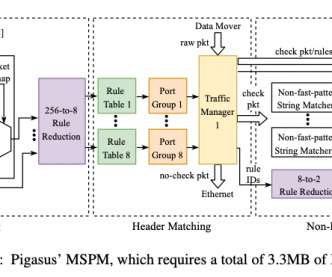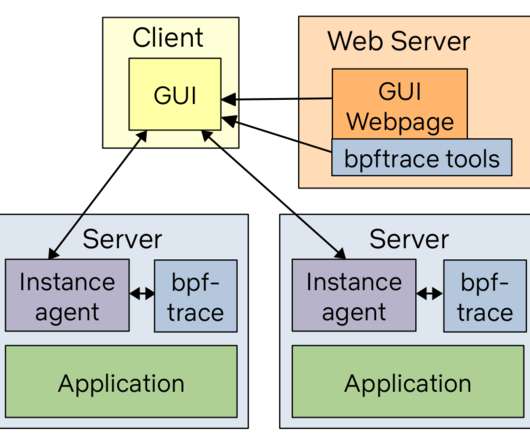Understanding operational 5G: a first measurement study on its coverage, performance and energy consumption
The Morning Paper
OCTOBER 4, 2020
Understanding operational 5G: a first measurement study on its coverage, performance and energy consumption , Xu et al., What is the end-to-end throughput and latency, and where are the bottlenecks? energy consumption). Throughput and latency. Application performance. SIGCOMM’20.





















Let's personalize your content